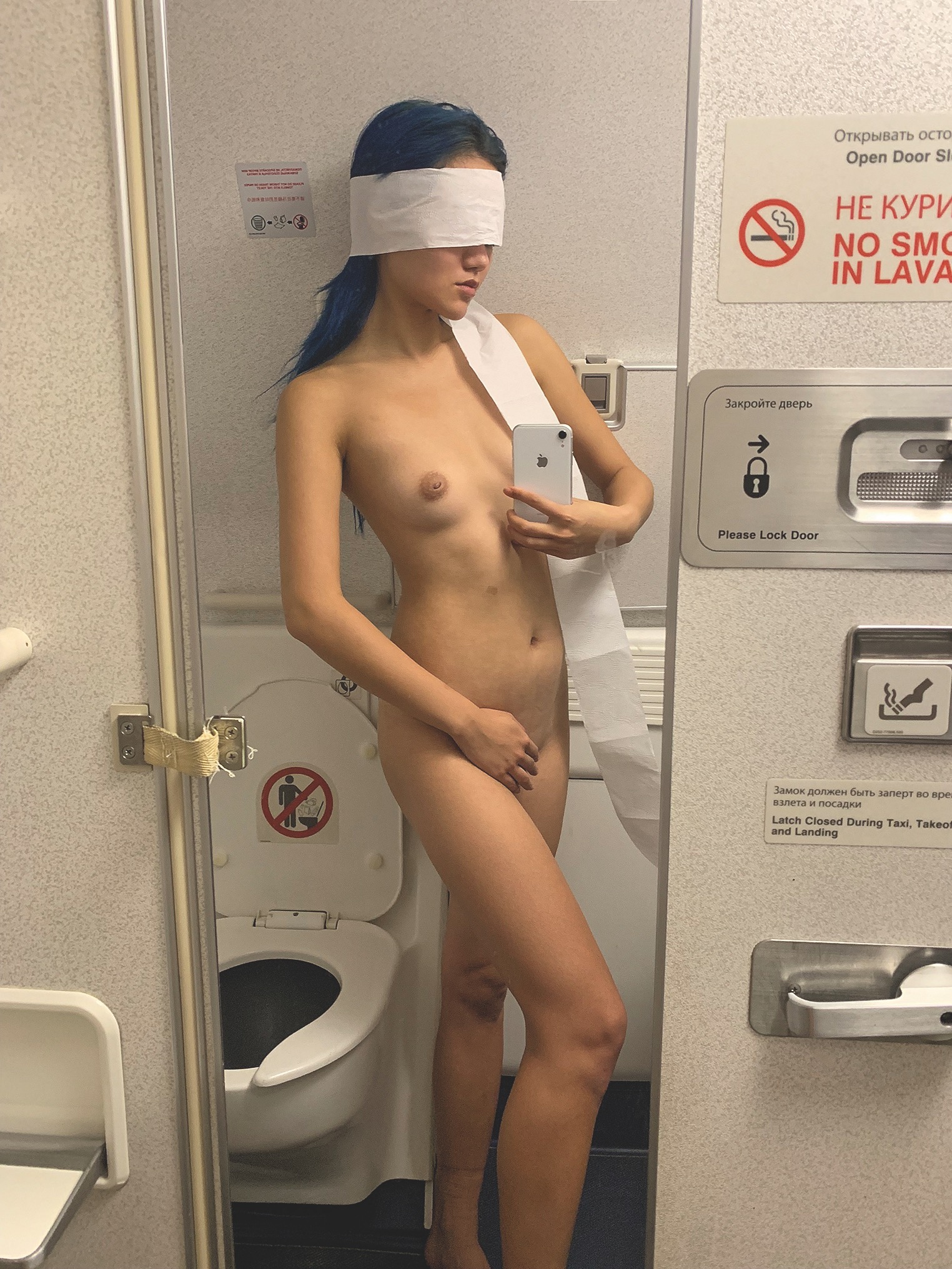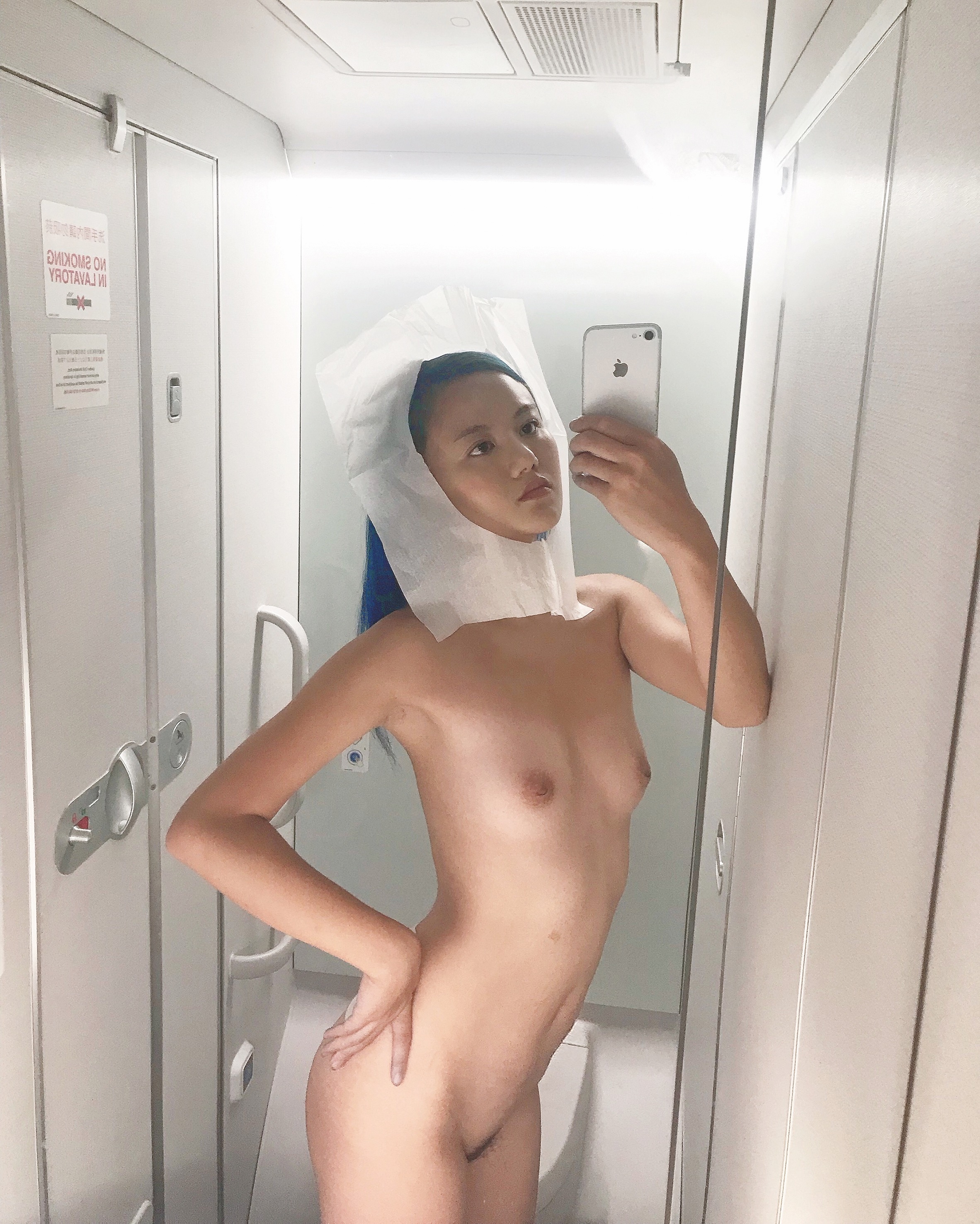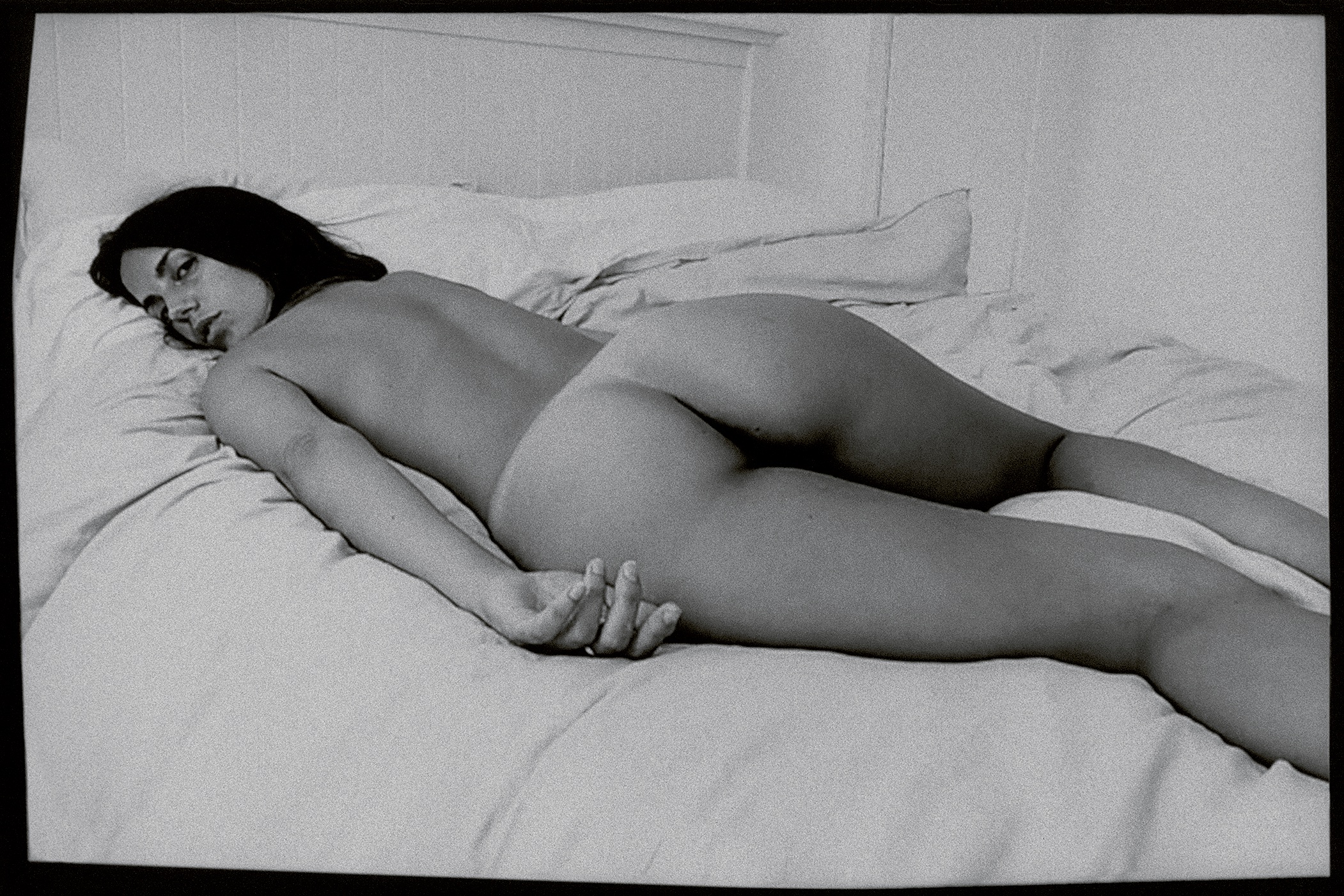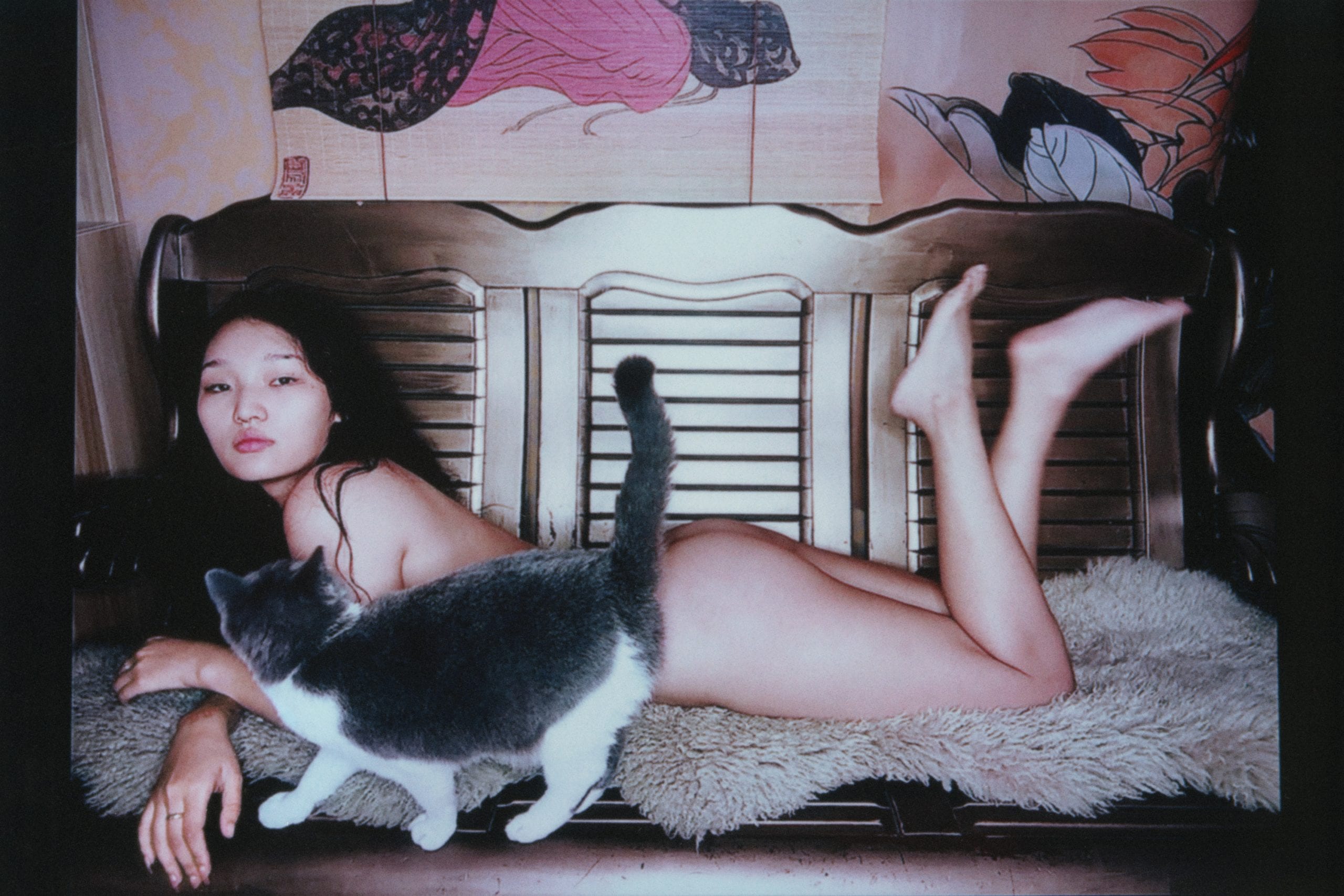This article is printed in the latest issue of British Journal of Photography magazine – a special edition with a double theme, Love / Ukraine. It can be delivered direct to you with an 1854 Subscription or available to purchase as a single issue on the BJP shop.
Above: Kuku, China, from the publication Me + Mine © Alexandra Leese.
The role of the nude selfie is shifting, with some artists exploring its potential for self-love and reclaiming it from a historically male gaze. But in an age of social media censorship and the rapid reproduction of images, is it now necessary to draw a line between art and pornography?
“Men look at women. Women watch themselves being looked at. This determines not only most relations between men and women but also the relation of women to themselves.” In his book, Ways of Seeing (1972), critic John Berger demonstrates how the nude in Western art history has systematically objectified women. He concludes that this tradition is carried on by widely diffused media such as advertising, journalism, and television. Fifty years since its first publication, Berger’s sentiment remains true. However, with the democratisation of photography and the advent of the selfie, women’s relationship to themselves has shifted.
The world’s first front-facing cameraphone was released in 1999 by Japanese tech company Kyocera. This invention brought forth a new kind of visual freedom – a freedom to create portraits of myself, by myself, for myself. The concept of a ‘selfie’ is not entirely new; self-portraits were common from the early days of photographic exploration. Robert Cornelius’ 1839 daguerreotype is thought to be the first example in history, and for the general public, photo booths find their origins in Times Square in 1925. But, before the front-facing cameraphone was invented, people either used a shutter release, or asked someone else to take the photograph. Crucially, the difference is that people were not able to see themselves. And when it comes to making nude self-portraits, this changed everything.
As Berger attests, throughout art history, nude women were always being watched. They were watched by the artist, and watched by the viewer. In a nude selfie, however, the woman is naked in her own right, her own space, and her own gaze. Indeed, the rapid rise of selfie culture in the 21st century created a new way of seeing – one in which the subject is in total control of how their body is depicted.

Over the last 20 years, society’s attitudes towards nudes have shifted too. In 2007, Vanessa Hudgens’ leaked mirror selfie caused global outrage. The then-18-year-old High School Musical star was forced to issue a public apology. Yet today, this episode barely figures in Hudgens’ public image. A Cosmopolitan survey of 850 readers in 2014 found that nine out of 10 millennial women had taken nude photos of themselves. And these images are not always made for the consumption of a sexualising gaze. A quick Google search will turn out countless first-person articles about how nudes helped in overcoming body dysmorphia. Taking nudes is no longer regarded as shameful or narcissistic: it can be an empowering act of self-love.
Now, many photographers are exploring this healing potential. Artist Arvida Byström has experimented with selfies to address themes such as femininity and sex, as well as her relationship with her own body. “Taking selfies helped me come out of an eating disorder, because I dared to be more playful… It let me question what I thought was pretty and ugly and why I thought so,” she said in an interview with Cool Hunting magazine in 2014. Byström’s selfies were recently shown in Fotografiska New York’s exhibition, Nude – a collection of portraits as seen through the female gaze. Posing against a hot-pink backdrop [above] – hairy legs; phone and flower in hand – Byström challenges the patriarchal norms of beauty while simultaneously celebrating her femininity, on her own terms.
Similarly, for John Yuyi [below], the process of making nudes can be freeing. In her ongoing project Airplane Mode, the Taiwanese artist collects a naked selfie every time she journeys by plane. Yuyi’s light-hearted approach to making images in a confined space is testament to contemporary society’s shifting attitudes towards nudity and self-fashioning.


“Turning the camera on myself and seeing myself from a different perspective helped me push past my fears, and acted as a tool to help me appreciate my body”
Alexandra Leese

More recently, Alexandra Leese has published a collection of nudes in collaboration with women around the world. Her self-published photobook Me + Mine presents portraits made over Zoom during the Covid-19 lockdown. The idea stemmed from personal experience.
“Turning the camera on myself and seeing myself from a different perspective helped me push past my fears, and acted as a tool to help me appreciate my body,” says Leese. “From the conversations I had with each of [the women], this project seemed to be a part of their journey to self-love… There is something really powerful, or transformational, in feeling in control of your body, in a world that often uses them against us.”
Making and sharing this kind of work can have a positive ripple effect, but many artists face censorship when sharing art online. Leese has found it “near impossible” to post her work on Instagram. “The images kept getting removed for ‘sexual solicitation’ and I risked my account getting deleted,” she says. “I received messages from those who said they reported me, to take my feminism and porn elsewhere.”
“I don’t think we can draw a clear distinction between art and pornography. Art can be just as objectifying and exploitative as pornography, and some feminist or alternative pornography can be morally liberating”
Hans Maes, senior lecturer in art history at the University of Kent
Instagram’s current guidelines allow nudity in health-related contexts such as breastfeeding, birth-giving, and post-mastectomy. But while nudity in paintings is permitted, nude photographs are not. Hans Maes is a professor in philosophy and co-director of the Aesthetics Research Centre at the University of Kent. He believes that this is due to the “so-called transparency” of photography. “With paintings or drawings, it is much harder to ignore the medium,” he says. “One is continually reminded that one is looking at a picture, and not at the real thing – which, for many people, acts as an impediment to erotic fantasising.”
Instagram says its censorship of photographic nudity is necessary to create a safe environment on its platform. “If the price to pay is that some artistic or erotic photographs are not allowed, they are happy to pay that,” says Maes. In order to allow nude photographic art to exist online, should tech companies draw a clearer distinction between art and pornography? “I don’t think we can draw a clear distinction between art and pornography, not on artistic grounds, and not on moral grounds,” Maes argues. “Art can be just as objectifying and exploitative as pornography, and some feminist or alternative pornography can be morally liberating.”
The problem then is not to do with separating art from pornography. It is about pushing forward wider society’s attitudes towards women, sexuality and desire, and working towards more ethical practices within both pornography and art. Half a century has passed since Berger published Ways of Seeing, and perspectives relating to the nude have changed. But we still have a long way to go until bodies can truly feel free.

